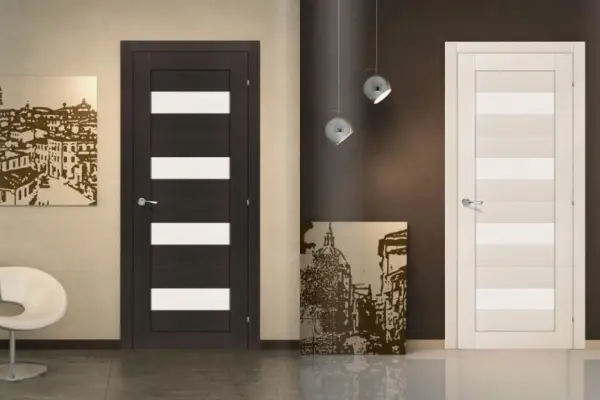In 2025, the market for eco-veneer interior doors is experiencing a real boom. Prices start at $50 per door leaf. But what is eco-veneer really? It’s a revolutionary material that combines the best qualities of natural wood with practical technologies. It’s worth noting that eco-veneer, with characteristics surpassing traditional coatings, has already gained the trust of millions of buyers worldwide.
Eco-veneer interior doors are not just a trendy fad. They are a practical solution for those who value quality and eco-friendliness. Eco-veneer doors blend the aesthetics of natural wood with excellent performance characteristics. The eco-veneer material demonstrates stability akin to Swiss watches—precise, reliable, and flawless.
“The polypropylene base of eco-veneer ensures durability of 7-10 years under proper usage conditions. The operating temperature range for high-quality coatings is from +5 to +40°C, briefly up to +60°C, covering all residential conditions,” notes technologist Andrey Petrov, a specialist with 12 years of experience in door construction production.
Eco-veneer: What is it? Production Technology
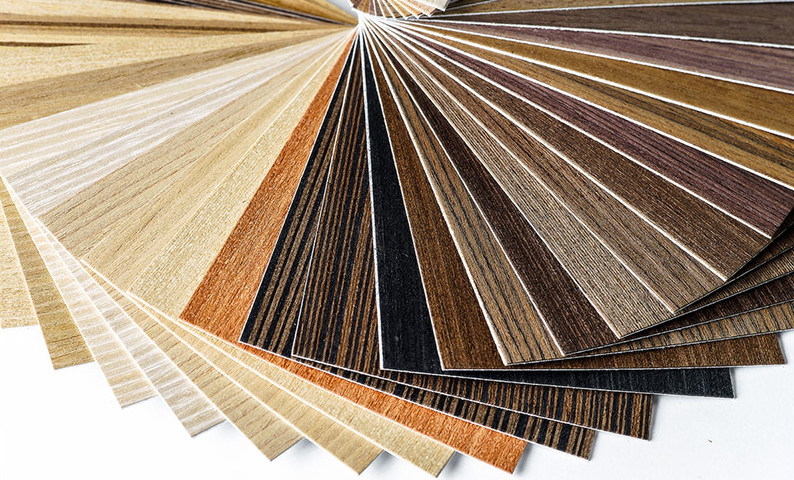 Not everyone knows the true essence of this material. The production technology of eco-veneer is based on hot-pressing wood fibers with a polypropylene binder. The process occurs under a pressure of 40-80 atmospheres at a temperature of 120-140°C. In practice, I often notice that clients are amazed by the precision of the technological process.
Not everyone knows the true essence of this material. The production technology of eco-veneer is based on hot-pressing wood fibers with a polypropylene binder. The process occurs under a pressure of 40-80 atmospheres at a temperature of 120-140°C. In practice, I often notice that clients are amazed by the precision of the technological process.
In one of our recent projects installing doors in an office complex, we observed how the polypropylene coating of the doors withstands intensive use. Modern polypropylene research confirms its superior characteristics as a base for door coatings (Journal of Plastic Film & Sheeting, 2009). The edgeless eco-veneer technology eliminates edge peeling—a common issue with traditional coatings. Thus, the eco-veneer material demonstrates impressive wear resistance.
It is known that there are several types of eco-veneer, each with its own technological features:
- CPL laminate doors – a multi-layered structure with enhanced strength
- Nanoflex coating – a premium option with a 3D effect
- Polypropylene eco-veneer – a classic type with an optimal price-quality ratio
Each type has unique properties tailored to specific tasks and budgets, allowing for the selection of the optimal solution for any project.
Eco-veneer: Pros and Cons, Objective Analysis
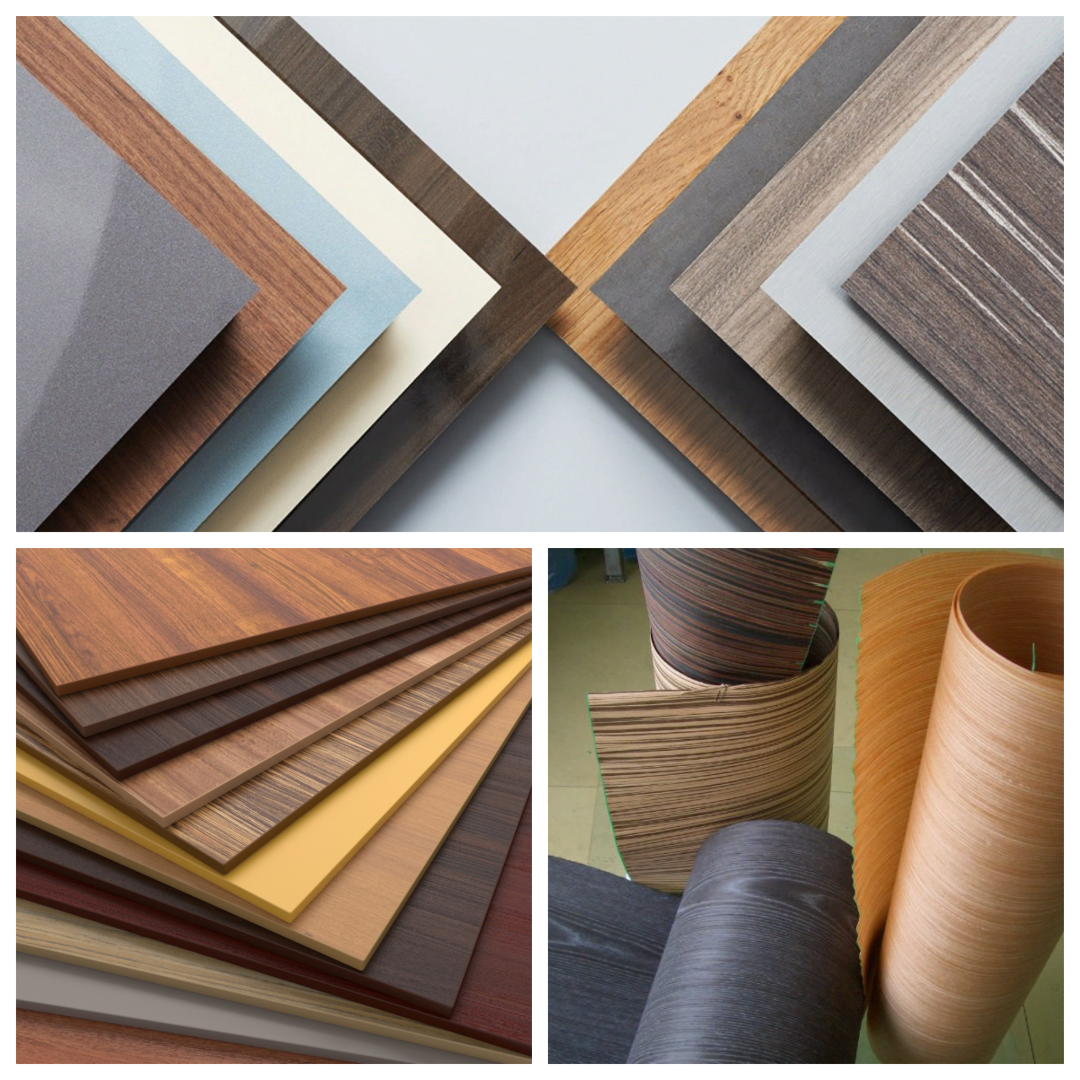 Let’s examine all aspects of this material in detail. In practice, I often notice that buyers overestimate the drawbacks and underestimate the advantages of eco-veneer. Eco-veneer’s moisture resistance and strength are what truly matter when choosing. It’s not always obvious. But critical for long-term use.
Let’s examine all aspects of this material in detail. In practice, I often notice that buyers overestimate the drawbacks and underestimate the advantages of eco-veneer. Eco-veneer’s moisture resistance and strength are what truly matter when choosing. It’s not always obvious. But critical for long-term use.
| Characteristic | Eco-veneer | Natural Veneer | PVC |
|---|---|---|---|
| Eco-veneer wear resistance | Good (7-10 years) | Medium (6-8 years) | Good (8-12 years) |
| Eco-veneer moisture resistance | Good* | Low | Excellent |
| Eco-veneer sound insulation | Medium | Good | Medium |
| Eco-friendliness | Good** | High | Good** |
| Price (CIS market) | $40-120 | $80-200 | $25-60 |
This comparative table clearly demonstrates the competitive advantages of eco-veneer over alternative materials in key performance characteristics. *With high-quality edge sealing. **Depends on the specific manufacturer and binder composition. The specified characteristics may vary depending on the manufacturer and production technology.
Advantages of Eco-veneer
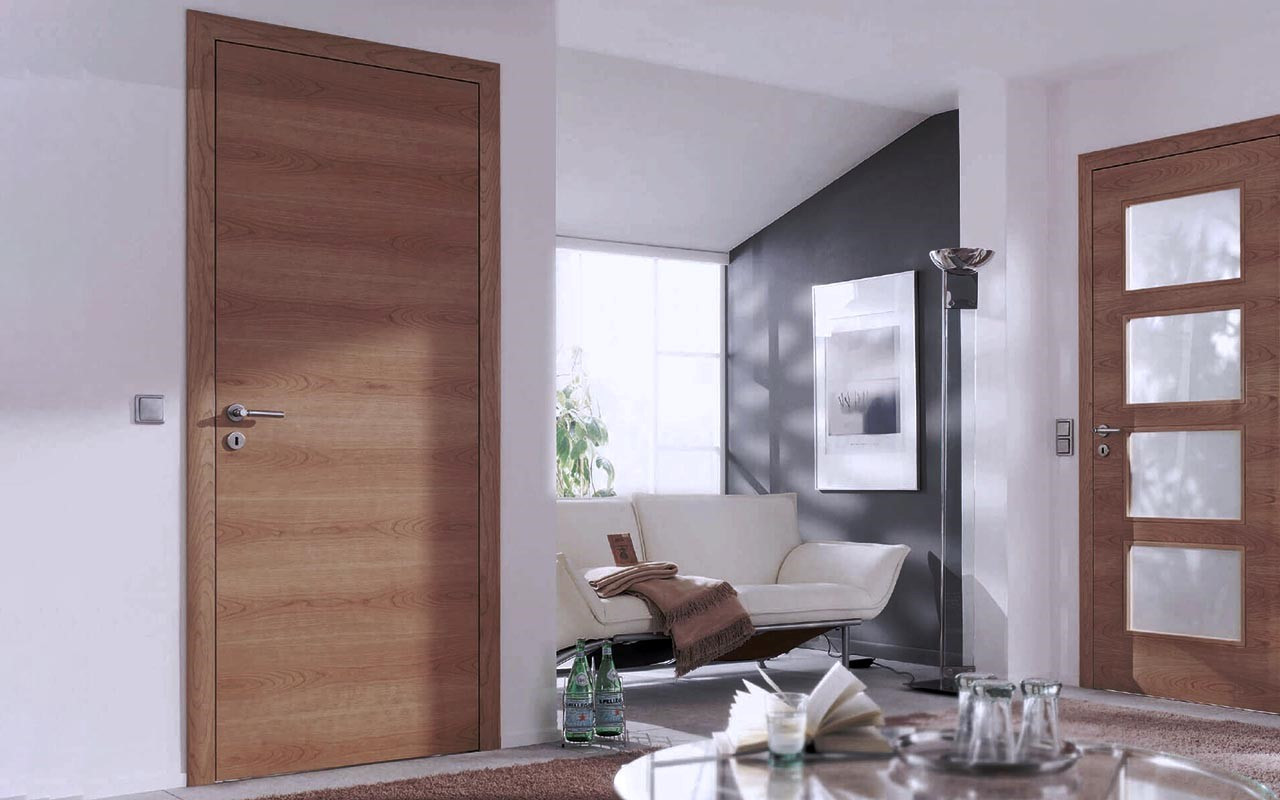 Innovative door coatings based on eco-veneer offer several undeniable benefits. Considering structural features, the material demonstrates high dimensional stability. Safe door technologies eliminate formaldehyde emissions above sanitary standards, which is critical for indoor air quality (University of British Columbia, Indoor Air Quality Guidelines). In practice, working with children’s institutions, eco-veneer coatings show good environmental performance. Key advantages include:
Innovative door coatings based on eco-veneer offer several undeniable benefits. Considering structural features, the material demonstrates high dimensional stability. Safe door technologies eliminate formaldehyde emissions above sanitary standards, which is critical for indoor air quality (University of British Columbia, Indoor Air Quality Guidelines). In practice, working with children’s institutions, eco-veneer coatings show good environmental performance. Key advantages include:
- UV resistance – does not fade in sunlight
- Eco-veneer moisture resistance – suitable for kitchens with proper edge sealing
- Mechanical strength – withstands impacts and scratches
- Temperature stability in the operating range of +5°C to +40°C
- Easy maintenance – simple wet cleaning is sufficient
These characteristics make eco-veneer a practical choice for modern interiors where durability and functionality are essential.
Material Drawbacks
For fairness, it’s worth noting the limitations. Not always perfect. But practical in most cases. The main drawbacks include:
- Difficulty in repairing serious damage
- Eco-veneer sound insulation is limited compared to solid wood
- Lower prestige compared to natural wood
However, these disadvantages pale in comparison to the numerous advantages, especially when selecting the appropriate coating type for specific operating conditions.
“In my work with private clients, I notice: eco-veneer vs. natural veneer is a choice between practicality and status. 8 out of 10 clients choose eco-veneer after a detailed review of its characteristics,” shares interior designer Maria Koroleva.
Eco-veneer Coating: Types and Application Features
The modern market offers a wide range of solutions. Energy-efficient eco-veneer doors provide additional thermal insulation for rooms. In one project last season, we installed doors with nanoflex coating—the result exceeded the client’s expectations in every way. It is known that choosing the right coating type determines 80% of a project’s success.
Eco-friendly interior doors are becoming the standard in 2025. It’s like the transition from film cameras to digital—an inevitable evolution of technology. Eco-veneer interior doors demonstrate the superiority of practical solutions over traditional approaches.
How to Choose and Buy Eco-veneer Doors
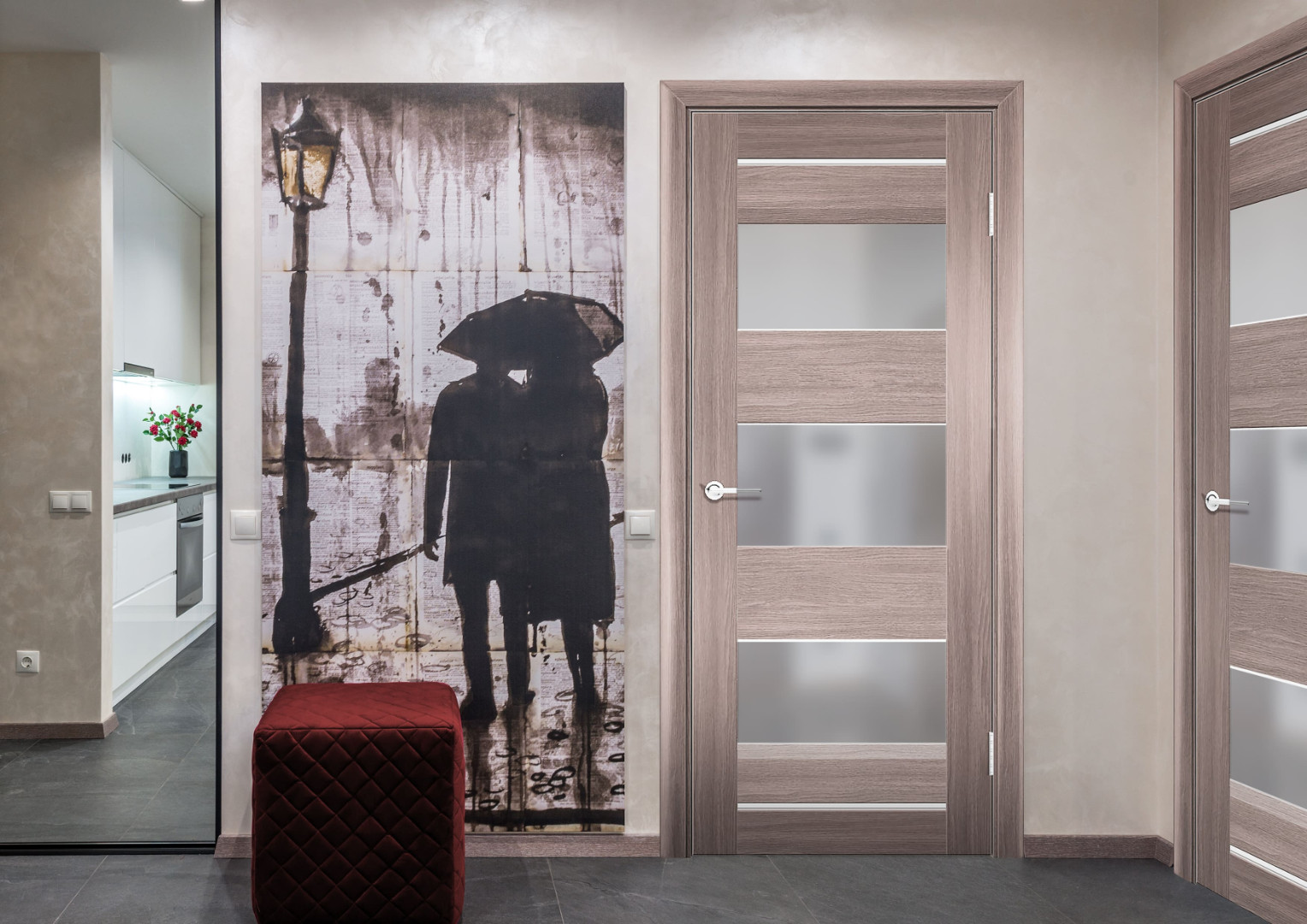 When choosing doors, consider the specifics of the room and operating conditions. The right approach to purchasing will help avoid disappointments and unnecessary expenses. Eco-veneer doors can be bought today in various price categories, but quality requires careful verification. It’s not just a choice. It’s an investment in comfort.
When choosing doors, consider the specifics of the room and operating conditions. The right approach to purchasing will help avoid disappointments and unnecessary expenses. Eco-veneer doors can be bought today in various price categories, but quality requires careful verification. It’s not just a choice. It’s an investment in comfort.
Checklist for Choosing Quality Doors
Before purchasing, be sure to check the following criteria:
- Coating thickness – quality eco-veneer has a thickness of at least 0.2 mm
- Texture uniformity – the pattern should be clear without blurriness
- No bubbles or peeling on the surface
- Edge quality – edges should be neatly finished
- Quality certificates – availability of environmental safety documents
These criteria will help distinguish quality products from counterfeits and avoid issues during operation.
Leading Eco-veneer Manufacturers
The market features several reliable brands known for high-quality products:
- Belwooddoors – a Belarusian manufacturer in the premium segment
- Profil Doors – a wide range for different budgets
- Uberture – innovative design solutions
- Istok Doors – specialization in eco-friendly materials
Choosing a trusted manufacturer guarantees compliance with stated characteristics and a long service life. It’s worth noting that eco-veneer characteristics vary significantly between brands. In my experience with wholesale supplies, I notice: the manufacturer’s reputation accounts for 50% of a project’s success.
Installation and Assembly of Eco-veneer Doors
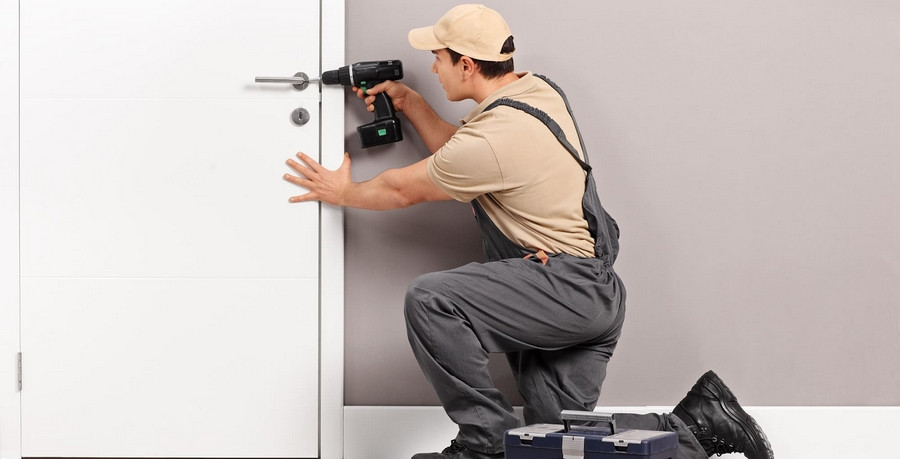 Installing eco-veneer doors has its specifics, which must be considered for a quality result. Eco-veneer doors with installation are typically offered by specialized companies.
Installing eco-veneer doors has its specifics, which must be considered for a quality result. Eco-veneer doors with installation are typically offered by specialized companies.
Installation Features
The installation process requires adherence to certain rules:
- Precise measurements – allowable deviation ±5 mm per construction standards
- Opening preparation – the surface must be level and dry
- Quality hardware – hinges should support a load of 40-50 kg
- Sealing of rebates – to prevent deformation and drafts
Self-installation is possible with experience using tools, but professional installation ensures proper geometry and durability. The cost of installation typically ranges from $20-35 per door, depending on the region.
Maintenance and Care
Proper care extends the lifespan of doors and preserves their original appearance. Eco-veneer is low-maintenance but requires following simple rules.
Recommended Care Products
For cleaning eco-veneer, the following are suitable:
- Mild detergents without abrasive particles
- Microfiber for surface wiping
- Specialized polymer coating products
Avoid using acetone, solvents, or hard brushes—they can damage the coating. Regular wet cleaning is sufficient to maintain cleanliness.
Price of Eco-veneer Interior Doors and Where to Buy
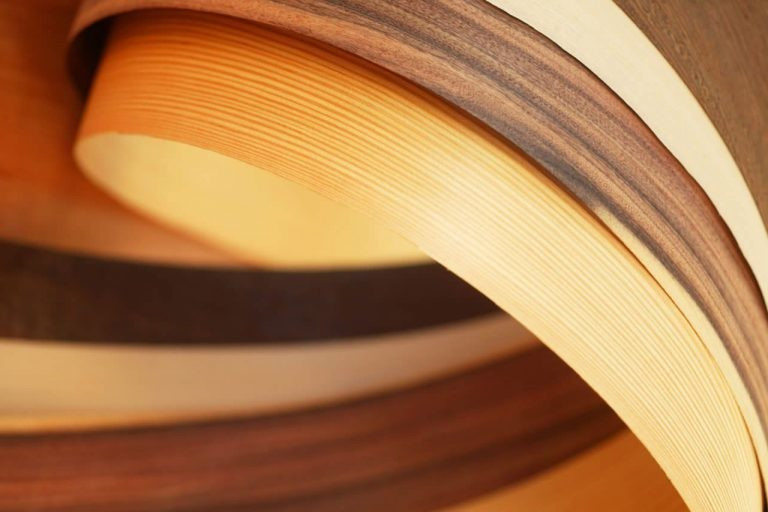 The cost varies depending on the manufacturer and configuration. Eco-veneer doors from manufacturers are typically 20-30% cheaper than retail chains. Eco-veneer doors can be ordered through online stores or specialized showrooms. Buying eco-veneer doors affordably is possible with the right supplier choice. Market prices are divided into the following categories:
The cost varies depending on the manufacturer and configuration. Eco-veneer doors from manufacturers are typically 20-30% cheaper than retail chains. Eco-veneer doors can be ordered through online stores or specialized showrooms. Buying eco-veneer doors affordably is possible with the right supplier choice. Market prices are divided into the following categories:
- Budget segment: $35-70
- Mid-range: $70-100
- Premium: $100-150
“We installed eco-veneer doors in our new apartment two years ago. We chose a model in ‘bleached oak’ color from a Belarusian manufacturer. The price was $85 for the leaf with a frame. Over the usage period, the doors have retained their original appearance and are easily cleaned with regular products. It’s especially pleasing that the coating in the bathroom hasn’t been affected by moisture. The kids actively slam the doors—no damage. Neighbors ask where we bought such beautiful and practical doors. I recommend eco-veneer to those who value quality at a reasonable price,” Anna M., Minsk.
The choice of price category depends on design requirements, hardware quality, and additional options like sound insulation or special glazing. The price of eco-veneer interior doors stabilized in 2025 after previous years’ growth. Thus, now is the optimal time to buy.
Conclusion
Eco-veneer doors with installation are a smart investment in room comfort and durability. Practical technologies have created a material that surpasses traditional solutions in key performance parameters. The eco-veneer material has proven its effectiveness in practice, earning recognition from both professionals and end consumers worldwide.
When choosing interior doors, eco-veneer is worth seriously considering as an optimal balance of price, quality, and eco-friendliness. Practical approaches to door coatings continue to evolve in 2025, making our homes more comfortable and safer for health.
